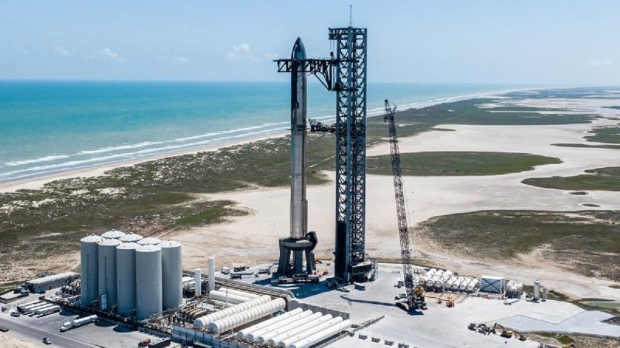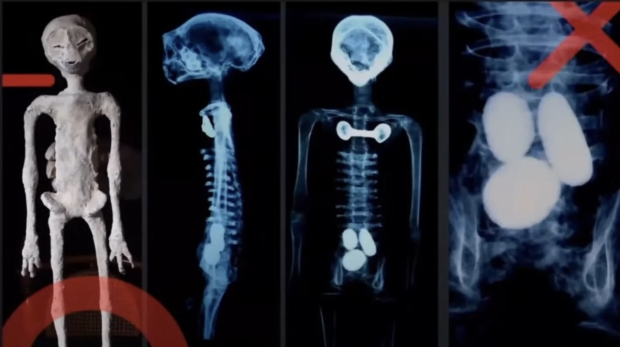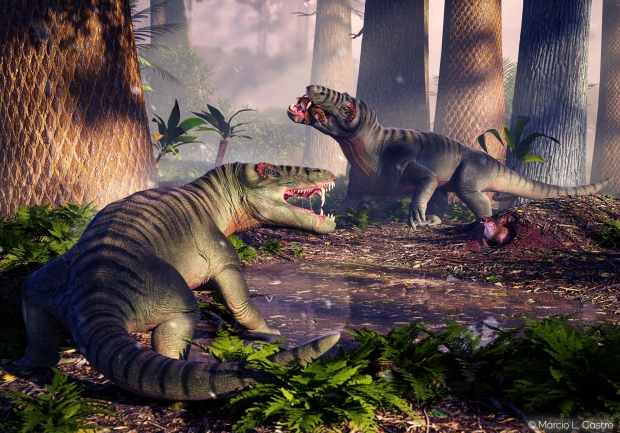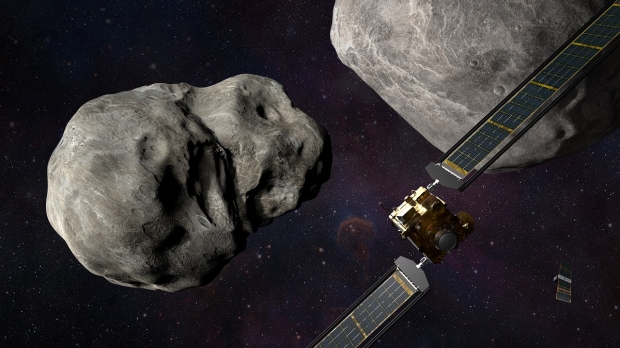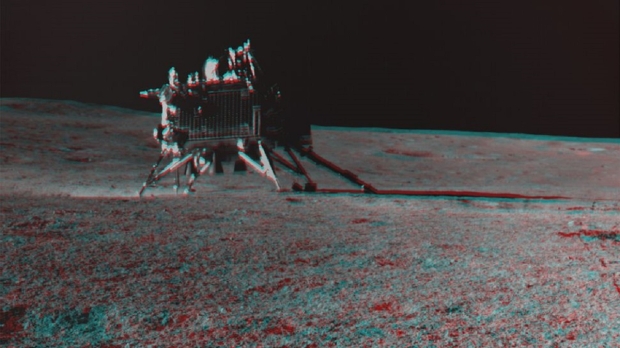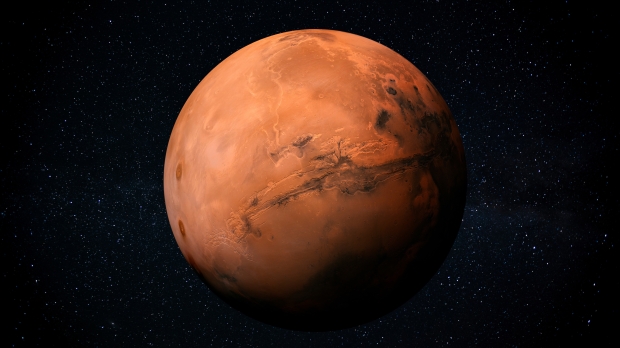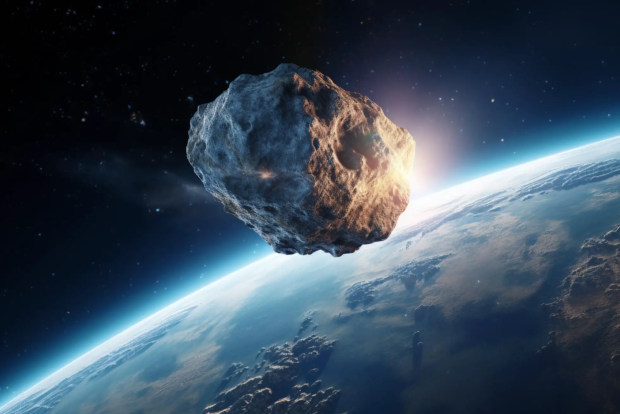Science, Space, Health & Robotics News - Page 36
Elon Musk shows SpaceX has completed 'corrective actions' ahead of Starship's second flight
SpaceX is gearing up for Starship's second orbital attempt, and it seems there isn't much more to stop the 394-foot rocket from taking flight again, with Elon Musk announcing that SpaceX has checked off many of the requirements preventing Starship from getting launch approval.
It wasn't long ago that Elon Musk announced that SpaceX had completed all development of Starship, which was followed by SpaceX issuing a press release that explained the team has implemented what they learned from the first orbital test flight onto the new Starship.
The first orbital launch attempt occurred on April 20 this year. Starship took to the skies before a fire severed communications with on-ground teams, resulting in the booster failing to separate and Starship beginning to tumble. SpaceX detonated the rocket in mid-air.
'Alien corpses' revealed at UFO hearings, scientists detail bodies of 'non-human' beings
"Alien corpses" were shown to Mexican politicians at the nation's UFO hearing that included experts testifying under oath to the anatomy of these bodies.
The four-hour UFO hearing can be viewed above, and while there are many interesting details, the most shocking is certainly the "alien corpses" that begin being discussed at approximately 3 hours and 10 minutes into the video. The anatomy of these corpses is analyzed by Dr. Jose Salce Benitez, who has 30 years in the Mexican Navy, is currently the director of the Navy's Scientific Health Institute, and the former director of the Navy's Medical Forensic Service.
Benitez explains these bodies were covered in a diatomic white powder that enabled extreme preservation and that the carbon dating makes them approximately 1,000 years old. This species was also Tridactyl, meaning they have three fingers and three toes. These fingers and toes also go straight into arm/leg bones and are described to be very strong, yet light, much like birds. Muscle-wise, the researcher said this species was unable to pick up objects. They featured between 14 and 16 ribs, each circular, complete and continuous.
Oldest and largest predator in South America discovered with 265-million-year-old fossil
A team of researchers has uncovered a fossil that has revealed a species of meat eater that absolutely dominated South America.
The discovery has been detailed in a recent study published in the Zoological Journal of the Linnean Society, and stems from a 265-million-year-old fossil that was in São Gabriel, Southern Brazil. The fossil was from a species called Pampaphoneus biccai and is the skull of the extinct apex predator. According to the researchers, this species was present just before the extinction-level event that wiped out an estimated 86% of all species on Earth.
However, before the meteor that pushed the already failing dinosaurs to extinction, the Pampaphoneus thrived on both the land and other animals as it was a herbivore and carnivore. Researchers estimate that it was medium to large in size, with the largest estimates putting the Pampaphoneus at a maximum size of 10 feet long at a weight of 880 pounds. The Pampaphoneus skull indicates the species was equipped with razor-sharp canine teeth designed for capturing prey.
Sony Japan has created a foster care program to find new homes for unwanted Aibo robot dogs
It turns out even robot dogs grow old or can no longer be cared for, as Sony Japan is launching a special Aibo Foster Parent Program to find new homes for aging ERS-1000 Aibo robot dog companions. The ultimate goal is to reduce e-waste, not because they're for real dogs, and the only alternative is to put them down.
Sony's Aibo Companion Robot dogs retail for USD 2,899.99, and according to the description, they develop a "unique evolving personality through everyday interactions" bolstered by "lifelike expressions and a dynamic array of natural movements." And with that, they form real bonds with their owners. Even so, the Aibo Foster Parent Program sounds bizarre.
For owners that cancel their Aibo plans (i.e., no longer able to care for their robot companion), they can donate them to Sony, who, after "providing necessary treatment," will send these robot dogs to Aibo foster parents - including medical facilities or other institutions that could use a lifelike robot dog.
NASA's asteroid that it smashed into with a spacecraft is acting weird
NASA collided a small high-speed spacecraft into a distant asteroid in an attempt to demonstrate that Earth is capable of deflecting distant asteroids that pose a direct threat to Earth. The test was successful and is called the Double Asteroid Redirection Test (DART).
The test was conducted last September when NASA shot a vending-machine-sized spacecraft at the asteroid duo Dimorphos and Didymos. Dimorphos was the target and is the smaller of the two asteroids, orbiting its larger companion in a similar way the moon orbits Earth. The connection was successful, and NASA announced it slowed Dimorphos' orbit down by half an hour, from one full orbit of Didymos prior to impact taking 11 hours and 55 minutes to post-impact 11 hours and 23 minutes.
However, Jonathan Swift, a math and science teacher at the Thacher School in California has used the Tacher Observatory to observe the orbit of Dimorphos for a month following the impact, and found that the asteroid's orbit appears to be continuously slowing down, which is contrary to common astronomer predictions that said Dimorphos' orbit would return to its original speed after the collision.
Continue reading: NASA's asteroid that it smashed into with a spacecraft is acting weird (full post)
India's lunar rover discovers first evidence of moonquake since 1970s
The Apollo missions between 1969 and 1977 were the first to detect seismic activity on the surface of the moon, revealing that the moon was much more complex than meets the eye, with geological activity still occurring deep within its core.
Now, India's Chandrayaan-3 mission, the nation's first mission to the lunar surface, which has so far been successful with the landing of the Vikram lander on the moon's south pole on August 23, has detected what the Indian Space Research Organization are claiming as a "natural" moonquake.
Vikram's Instrument for Lunar Seismic Activity (ILSA), a device designed to detect seismic activity beneath the lunar surface, detected the movements of the Pragyan rover, but then recorded an event on August 26 that appears to be a "natural one". It's data such as this that will help researchers paint a much clearer picture of the inner workings of the moon and its overall evolution since its formation.
Continue reading: India's lunar rover discovers first evidence of moonquake since 1970s (full post)
Scientist claims NASA may have already discovered life on Mars and accidentally killed it
Results from a test conducted nearly 50 years ago are still the subject of question, with one group of scientists claiming NASA's testing methods may have killed Martian life forms living inside rocks.
The re-heating of the debate regarding these test results comes from Dirk Schulze-Makuch, an astrobiologist at Technical University Berlin, who penned a June 27 article in Big Think discussing the possibility of NASA's landers accidentally discovering and then killing Martian microbes. The astrobiologist claims that Martian microbes, forms of life known to survive in extreme environments, are possibly present in Martian rocks and that the testing process by the Viking landers involved the use of too much water, resulting in skewed test results.
Here's the ongoing debate. The Viking landers carried out four tests that ended in a general consensus that Martian soil didn't have the necessary ingredients for life as we know it. However, some scientists call into question the inclusion of water throughout the tests. The idea behind including water was to see if life would show itself, which Schulze-Makuch says was a reasonable presumption considering Earth is a water planet. However, there are some microbes on Earth that die when exposed to too much water.
SpaceX drops update on Starship ahead of its second orbital flight test
SpaceX has taken to its update to issue an update on the developments of Starship, the world's largest and most powerful rocket to ever take flight.
Elon Musk's rocket company has posted an update on its website outlining everything they learned from Starship's first orbital launch attempt that occurred on April 20, 2023. If you don't remember, the historic launch ended in a ball of fire, but not without a lot being learned. A launch vehicle of Starship's size and caliber had never been flown before, and SpaceX, along with company CEO Elon Musk, didn't even believe it was going to get off the launch pad.
Alas, it did take flight, reaching an altitude of 24 miles before leaking propellant resulted in fires that severed communications, and ultimately resulted in complete loss of control and an eventual detonation. While the rocket was detonated mid-air, SpaceX learned a lot from the flight and, according to the update, the necessary changes to prevent these problems from happening, or at least they hope so, during the second orbital flight test.
Elon Musk explains exactly why Ukraine wasn't able to use Starlink to attack Russia
Elon Musk has been caught up in an online situation that originally claimed he denied Ukraine access to Starlink for an offensive attack against Russia.
As soon as these claims began circulating online, Musk was quick to squash the rumors, which suggested that Musk personally denied Ukraine access to Starlink for an offensive attack against Russia's navy fleet. The concerns that Musk prevented the attack originated from Walter Isaacson's new biography titled "Elon Musk", and now the author has stepped in to further clarify the situation.
Taking to X, Isaacson wrote that Ukraine "thought" Starlink coverage spanned all the way to Crimea, the target location of the Ukrainian offensive, and when the country realized, they asked Musk to enable it for the nation's drone attack on the Russian fleet. Musk promptly denied the request, which the SpaceX CEO further explained in a new X post that neither he nor SpaceX promised any coverage over Crimea, along with the explanation that SpaceX's terms of service states that Starlink is prohibited from being used for "offensive military action, as we are a civilian system."
Officials discover asteroid, hours later it approached Earth 100 times closer than the Moon
Astronomers discovered an asteroid on Thursday, named it C9FMVU2, and then noticed its trajectory was to approach Earth in just a matter of hours.
Luckily, the asteroid safely zoomed past Earth at a distance of 2,500 miles, which is 100 times closer to the planet than the moon and five times closer than orbiting GPS satellites. Notably, the United States has navigational and positioning constellation GPS satellites at an altitude of 12,550 miles. So, why didn't astronomers or asteroid-detecting technology spot this asteroid days before it approached Earth?
Well, it was tiny, at approximately 6.5 feet wide, making it far too small for it to be detected at a distance, and simultaneously meaning it posed no threat to Earth at all. NASA has cataloged 30,000 near-Earth asteroids, and only 2,300 are considered "potentially hazardous". For an asteroid to be considered potentially hazardous, it needs to be greater than 460 feet wide and has an orbit that's within 20 lunar distances of Earth - one lunar distance is 238,854 miles.


